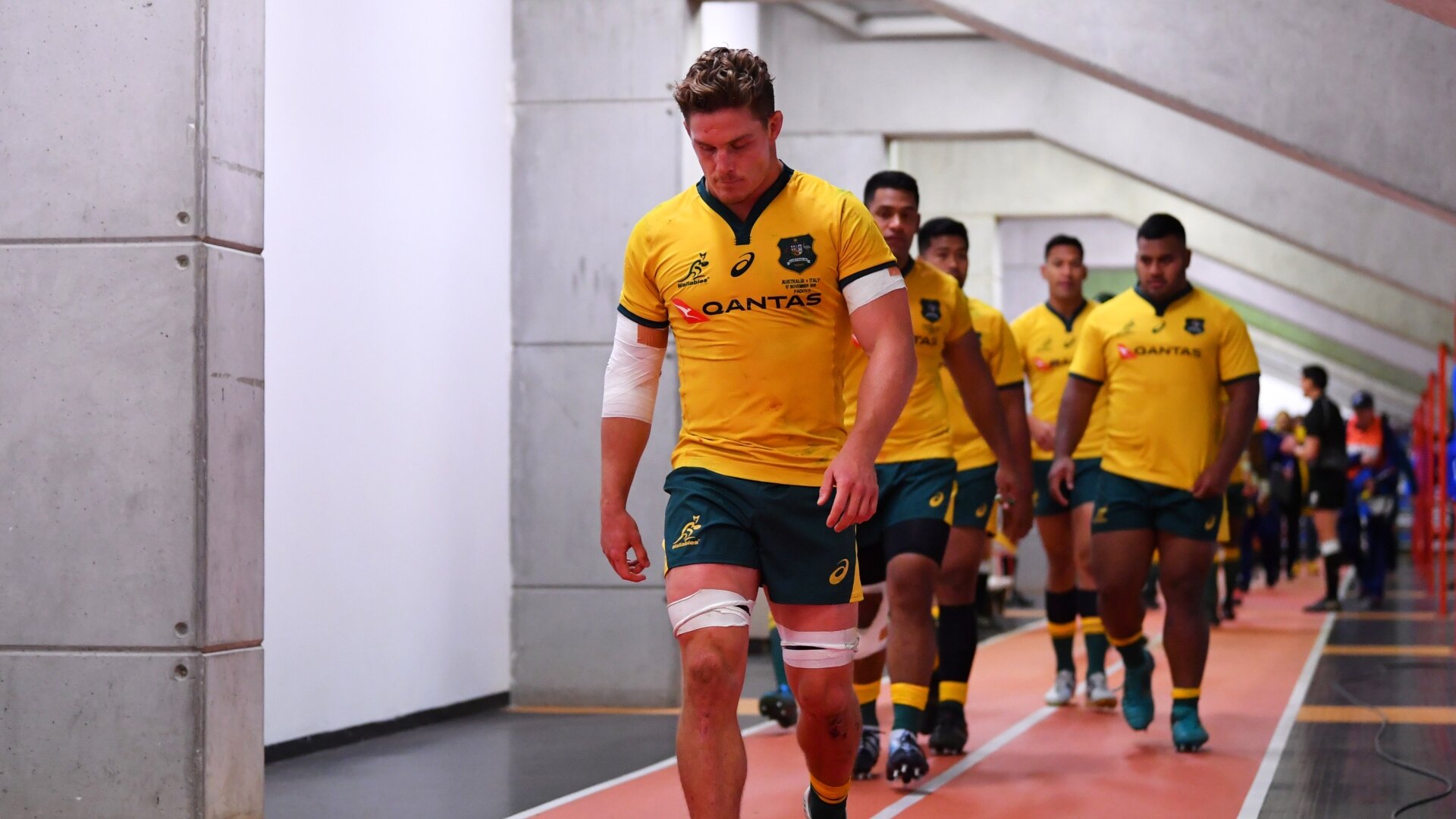Rugby Australia return to the black but it will only be shortlived as 2019 losses expected and watershed broadcast negotiations loom

Rugby Australia (Rugby AU) today announced its 2018 results at its Annual General Meeting, held at the Rugby Australia Building in Sydney.
Rugby AU recorded a net surplus of $5.2m in 2018 ($3.8m operational deficit in 2017), aided by a $14.9m net expenditure reduction primarily due to reduced funding allocated to Super Rugby, player costs decreasing, and a reduction in administrative staffing and overhead costs.
The organisation experienced a revenue decline of $30.2m and whilst this was primarily due to the absence of a large one-off government grant received last year, matchday revenues and sponsorships declined year-on-year by 23% and 10% respectively.
The largest revenue driver, broadcast revenue, remained largely the same as part of the original multi-year that expires after 2020. Negotiations for the next deal for 2021 and beyond are currently being undertaken.
With astute cost-cutting making up for downward pressure on revenues, Rugby Australia finished with positive operating cash flow and a small net increase in cash on the previous year.
Rugby AU will operate at a loss in 2019 due to reductions in broadcast and match day revenue due to a limited domestic Test schedule due in a Rugby World Cup year while the pivotal broadcast negotiations for the next rights cycle will be a key determining factor in Rugby Australia’s future financial success going forward.
After SANZAAR announced the axing of the Sunwolves, it remains to be seen whether fewer games in a reduced Super Rugby competition will result in lower broadcast revenues. Uncertainty still surrounds the likelihood of World Rugby’s Nations Championship proposal, of which the result will impact Rugby Australia’s future revenues.
If the SANZAAR nations decided to boycott future tours to the Northern Hemisphere in protest of the Nations Championship not going ahead, it would also be unclear how they would earn revenue in their own touring windows in June/July.
The uncertainty surrounding the make-up of the global calendar post-2020 adds a certain degree of concern for Rugby Australia, despite this year’s positive results.
Rugby Australia Chairman, Cameron Clyne said: “There are many highlights and achievements from 2018, particularly in community Rugby and those are the result of the dedicated, passionate people within our State and Territory Member Unions and the volunteers that continue to be the strength of our game in driving it forward each year.
“While we have once again experienced significant growth in women’s Rugby, growth in Club XVs for the first time in several years, and substantial growth in Sevens, it is undeniable that the performance of the Qantas Wallabies rightly or wrongly overshadowed some of the other successes of our code.
“To achieve our ambitions for the game we need winning teams that can galvanise support from millions of Australians and inspire generations of future players. When this happens, the financial benefits follow, which means there is more money available to invest across the game.
“An extra $1 million was invested into community Rugby in 2018, which saw participation increase across all three formats of the game.
“In 2019, we hope to see more positive results from the implementation of the National High-Performance Plan, after improved performance across the board from our Vodafone Super Rugby teams in the 2018 season. With our professional teams performing better, we will see more opportunities to inspire future players, attract new fans to the game and boost community Rugby funding.”
Against the backdrop of these successes, the Rugby community was also deeply impacted by serious injuries suffered by five schoolboy Rugby players in Queensland and New South Wales. Four student players were injured in four unrelated and dissimilar incidents during the Queensland Great Public Schools (GPS) competition, while a fifth young player suffered a serious spinal injury in NSW State 7s trials in October.
This year, following recommendations from an independent review of these incidents, Rugby AU will implement a Best Practice Safe Rugby Framework that incorporates existing player safety guidelines and introduces trial safety initiatives such as the ‘Front Row Passport’ program and will continue to support those families affected by serious Rugby injuries.
In 2019, Rugby AU will continue its focus on delivering an aligned and integrated National High-Performance Plan with its State and Territory Member Unions to drive more consistent performance across Australia’s professional teams.
Michael Cheika’s interview with RugbyPass:











































































